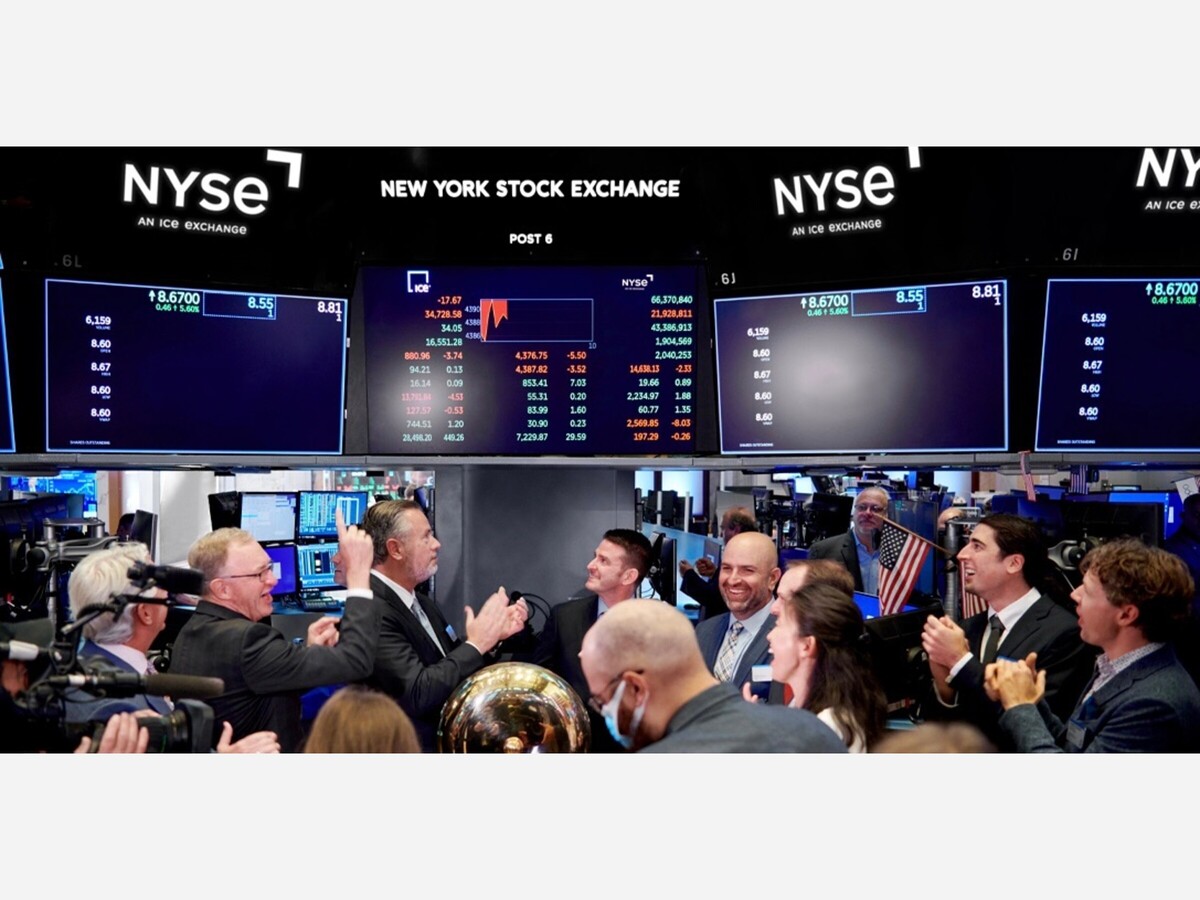Image

On March 8, 1817, the New York Stock Exchange (NYSE) was established as a result of a reorganization of stockbrokers who had been operating under the Buttonwood Agreement.
The NYSE traces its roots back to the Buttonwood Agreement, which was signed by 24 stockbrokers on May 17, 1792. This agreement emerged in response to the first financial panic in the young United States. It set rules for how stocks could be traded and established fixed commissions. The primary goal was to promote public confidence in the markets and ensure that deals were conducted between trusted parties.
In the early years, stock trading occurred informally in nearby coffeehouses, where merchants would gather. By 1817, the stock market had become active enough to encourage brokers to create a more formal organization. On March 8, 1817, a constitution was adopted, officially creating the New York Stock & Exchange Board (the forerunner of today’s NYSE).
Regulations governed trading from the outset. The constitution spelled out detailed rules for conducting business and imposed fines to maintain order among brokers.
The new stock exchange rented a room at 40 Wall Street, where brokers gathered twice a day to trade a list of 30 stocks and bonds. From a podium, the president would call out the name of each security, while brokers shouted bids and offers from their assigned chairs. This practice gave rise to the term “seat”, signifying membership on the NYSE.
As America expanded, the number and variety of securities traded at the NYSE steadily increased. States and municipalities issued bonds to finance the construction of turnpikes, canals, and bridges. The opening of the Erie Canal and the arrival of railways in America from the 1830s onwards brought a surge in business to the exchange.
The Compromise of 1790 cemented Wall Street’s role as the nation’s financial capital. It allowed Alexander Hamilton, the United States’ first Secretary of the Treasury, to implement his fiscal policy, including paying Revolutionary War debt using federally issued bonds. Hamilton’s vision laid the framework for a strong economy, enabling markets and private institutions like the NYSE to flourish.
Today, the NYSE remains the world’s largest and most trusted equities exchange, shaping the future of global finance.